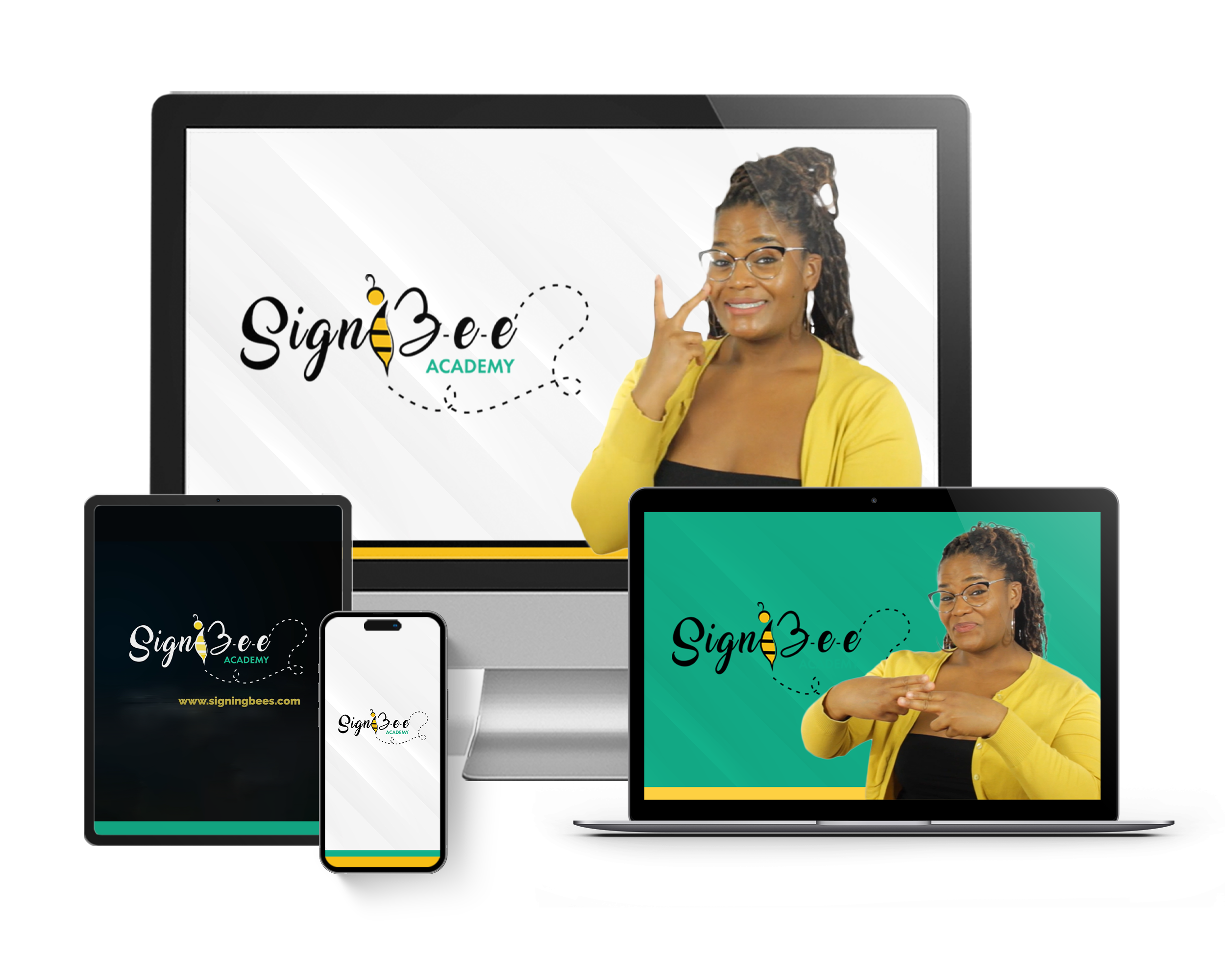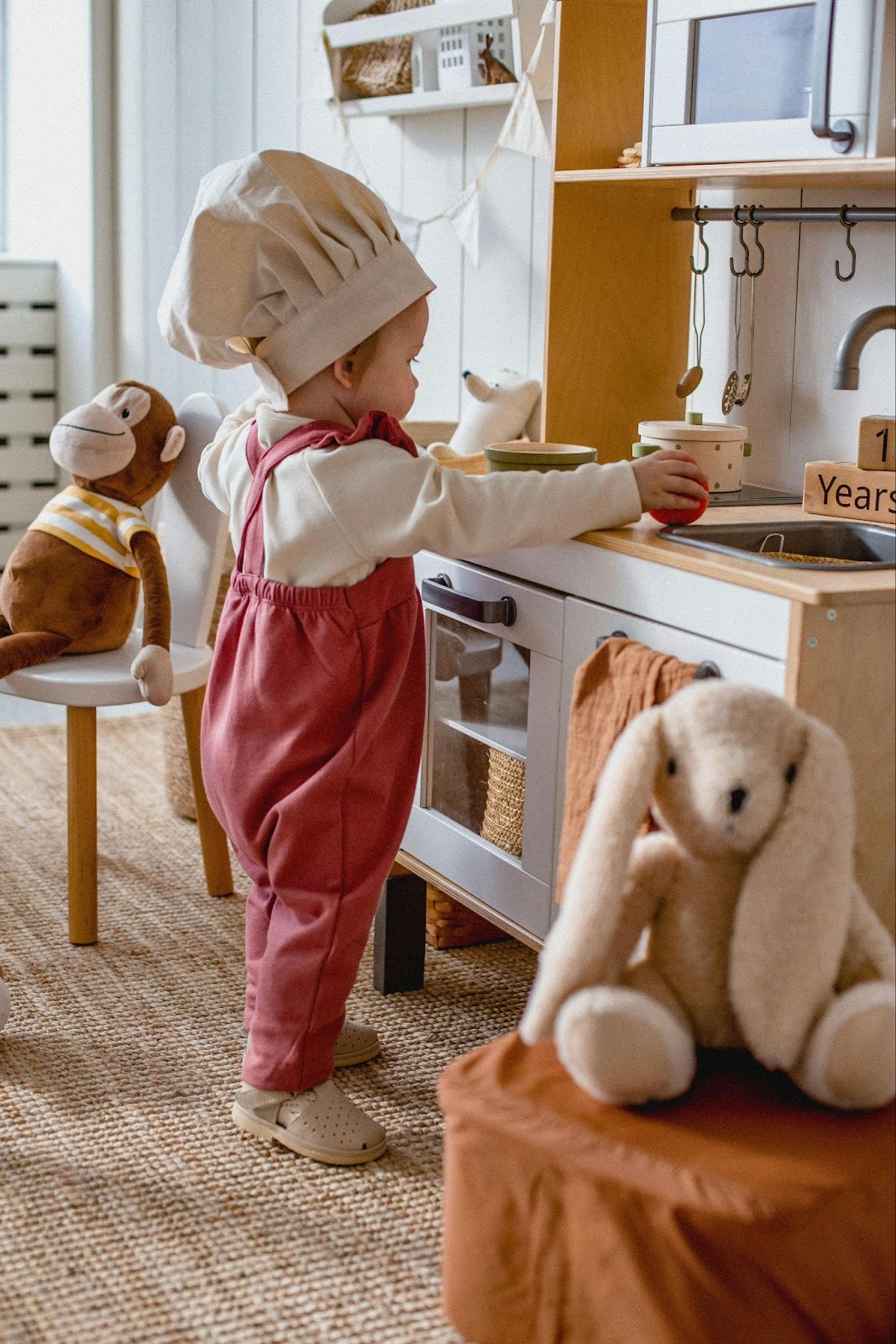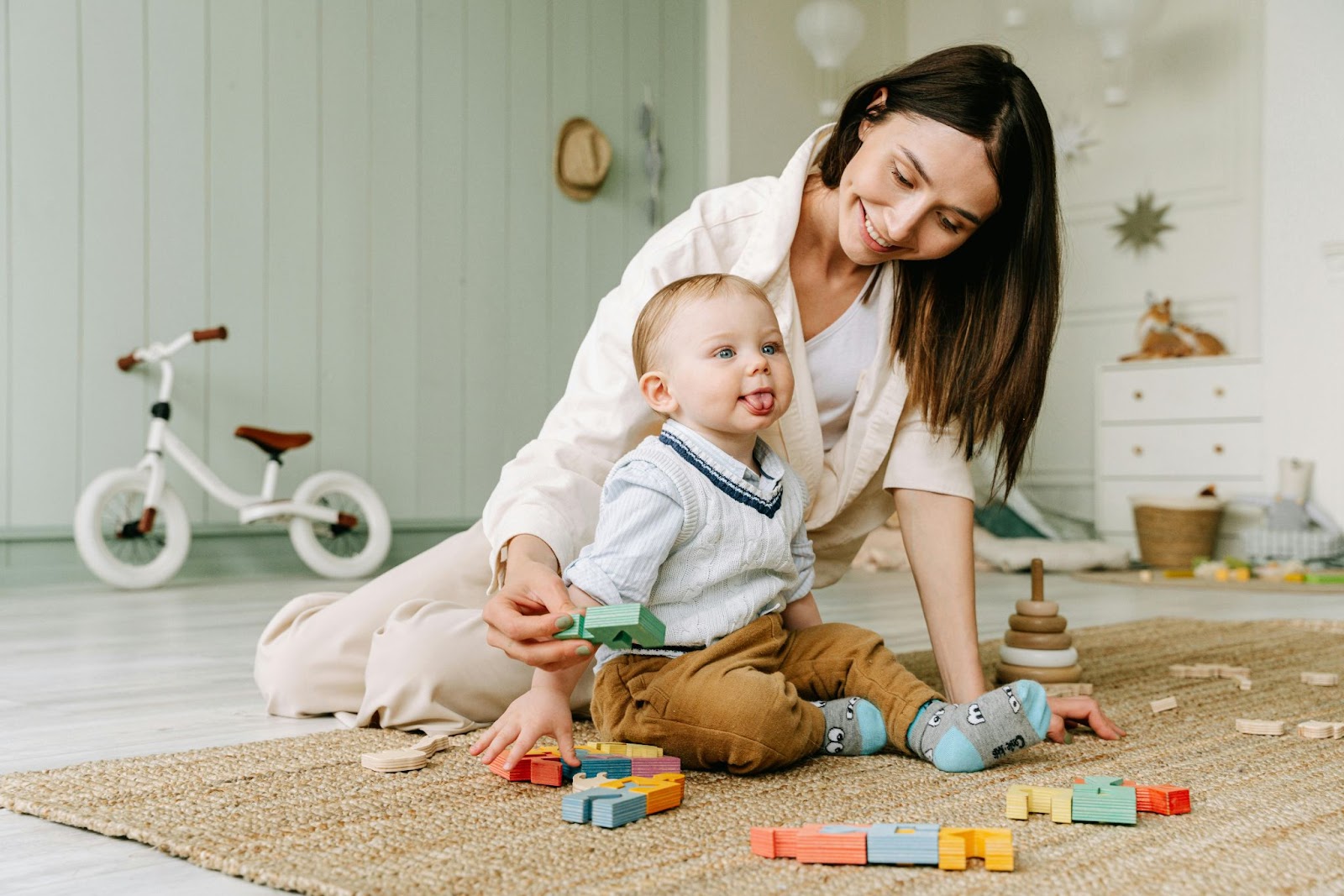Knowing history is like listening to a grandparent tell you stories about your dad. If you listen close enough you might see similarities between you and him or at least you will know why he behaves the way he does.
Understanding children can be difficult. Children usually begin communicating effectively after many frustrating and failed attempts. As a parent, what can you do? Do you just wait till the child can speak or is there another way to communicate with your child? This is where baby sign language comes in.
This article is focused on the importance and history of baby sign language. You might need such an article as a new parent or guardian. So, let’s dive in.
What is Baby Sign Language
Understanding baby sign language is important since it is an aspect of child development ignored in many parts of the world.
Baby sign language is a means by which an adult and an infant can communicate emotions, words, and intent, using handshapes and gestures. It is considered a better alternative to communicating by crying. It is effective and commonly used between hearing parents and hearing babies who can’t speak yet.
It is a language that can be taught to a toddler before they learn verbal communication months or years later.
There are similarities between American Sign Language and Baby Sign Language but they aren’t the same, as Baby Sign Language lacks the complexity of ASL and also has some words of its own.
You might be worried that teaching your baby basic signs will hamper speech development. ShanHowever, according to experts, like Jann Fujimoto, it doesn’t. Your child, all things considered, will still develop speech at the same rate as other children.
The benefits of teaching your baby sign language are numerous and range from better communication to developing a stronger bond between parent and child.
The History of Baby Sign Language
Image by PS Sahana
It is important to know the history of baby sign language for many reasons. Firstly, it will help you appreciate the journey this skill has taken and the people that worked hard to make it what it is today.
It will also show the direction sign language is taking and how it can be of benefit to you and your child.
The history of baby sign language can be broken down into eras that start as far back as the 1800s and reach the 2000s.
The 1800s
We as a society have deaf people to thank for making parents consider teaching their children baby sign language. You might wonder why, and the answer will surprise you.
In the 19th century William Dwight Whitney, a linguist, noticed that children born to deaf parents could communicate with their parents using sign language as early as six months. That is remarkable since the average six-month-old communicates through smiles and tears.
He studied the deaf community at that time and noticed that these children were signing with their parents in ways that seemed impossible at the time.
That wasn’t all he observed. He also noticed that the kids who signed at such a young age still maintained the expected speech development trajectory.
With his findings, you would expect that baby sign language would be developed in the 1800s. Sadly, his findings were never pursued to their full potential until a century later. Sometimes that is just the pace science chooses to take.
The 1980s
Like the resurrection of something buried, Dwight’s findings were rediscovered in the 1980s. This time, it was a man named Dr. Joseph Garcia who discovered the ability of babies to use sign language at six months of age.
In his case, he noticed that his deaf friends had children who were signing with clarity at six months old and by nine months, were using more complex vocabulary. In comparison, children who didn’t learn sign language began speaking at a year old and still had a very limited vocabulary range at two years old.
So, he dug further and wrote a thesis on babies and sign language. He went another step further than Dwight and began teaching sign language to children born to hearing parents. That wasn’t where he stopped because it eventually became a recognized school where he taught baby sign language.
The 1990s
Dr. Joseph Garcia wasn’t the only one to discover an infant’s ability to sign at a very young age. As the 1980s were rounding up Professor Linda Acredolo discovered that her daughter was using rudimentary signs.
Seeing this as something worth investigating, she teamed up with a colleague, Professor Susan Goodwyn. Both of them taught the child formal sign language, recording the changes they noticed.
Eventually, the pair got a couple of grants from NIH to study baby sign language and they did this for about twenty years. One thing Acredolo and Goodwyn will be remembered for in the history of baby sign language is making it mainstream.
The public became more aware of baby sign language including its benefits. These benefits include a higher IQ for the child and a closer bond with the parent.
The 2000s
Can something be truly mainstream if it doesn’t survive in the digital age? Baby sign language has survived from the early 2000s up to the 2020s. It hasn’t only survived, it has also thrived.
Channels like PBS started baby sign language programs in 2006 and pediatricians have sang the benefits of teaching children baby sign language. There are more avenues for learning baby sign language than in the times of Garcia, Acredolo, and Goodwyn.
While baby sign language is used by millions of families, there are still many other families that are unaware of this great opportunity to communicate with their babies.
Conclusion
History always tells a story of how things were formed and the history of baby sign language tells a story of infants that are more capable than adults give them credit for. For you, it might seem unimaginable that a baby can sign at six months, but the data is there.
So, now that there is irrefutable evidence of babies signing, what will you do with your infant? Will you leave them to their vices, or develop a deep bond by teaching them baby sign language?
SignBee Academy knows that you want what is best for your child, which is why we have developed an easy ASL course that will transform your family. Get to talk to your baby before they can speak.
Thumbnail Photo Credit to: Image by Christopher Lance





